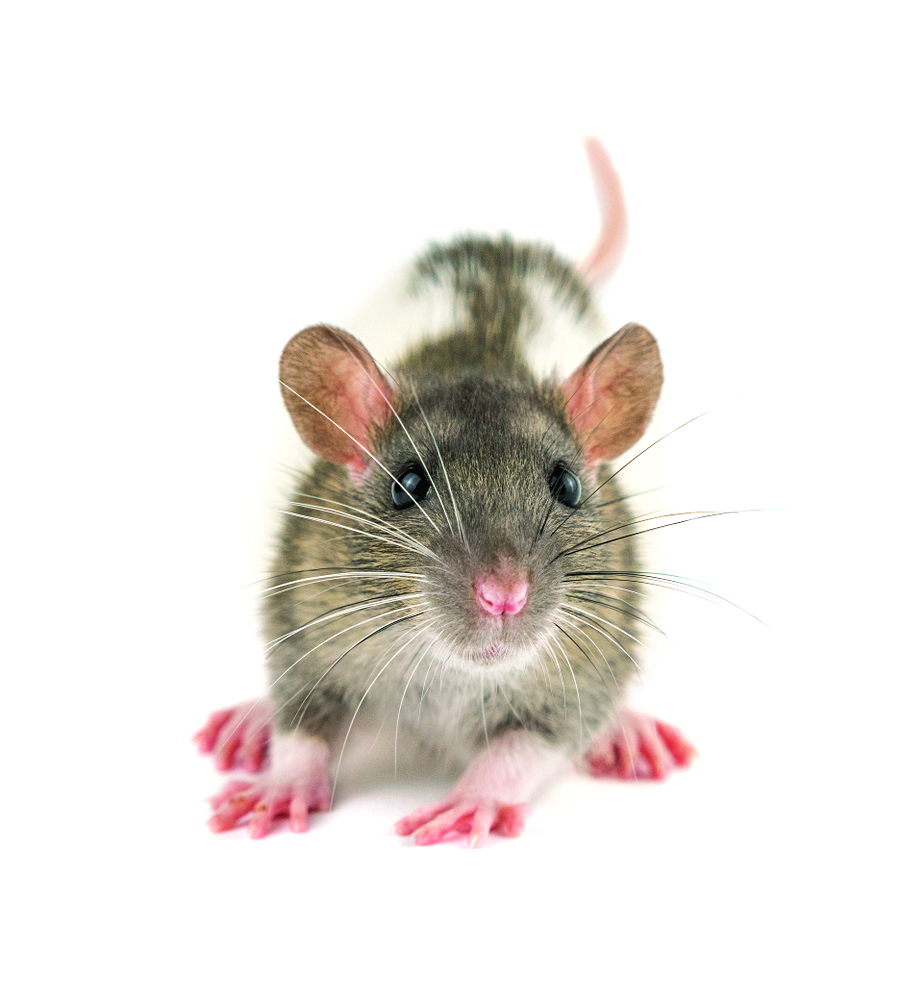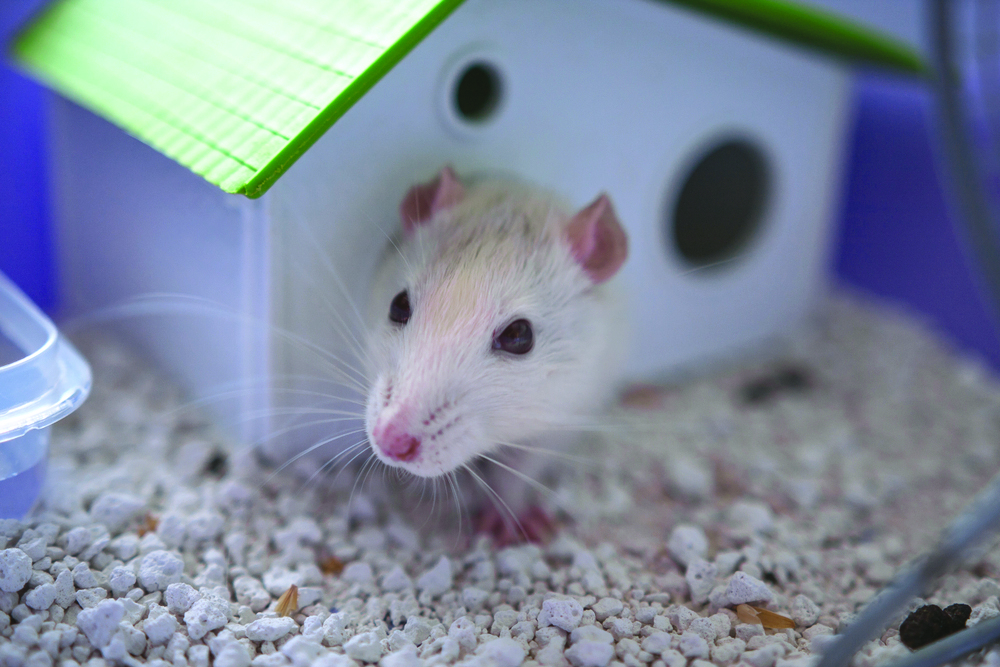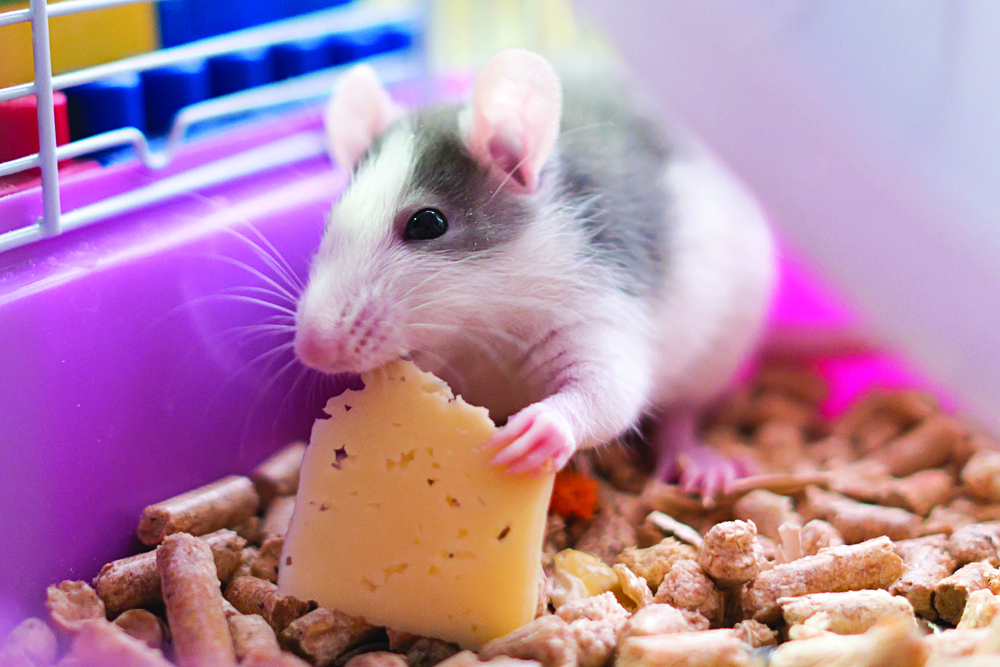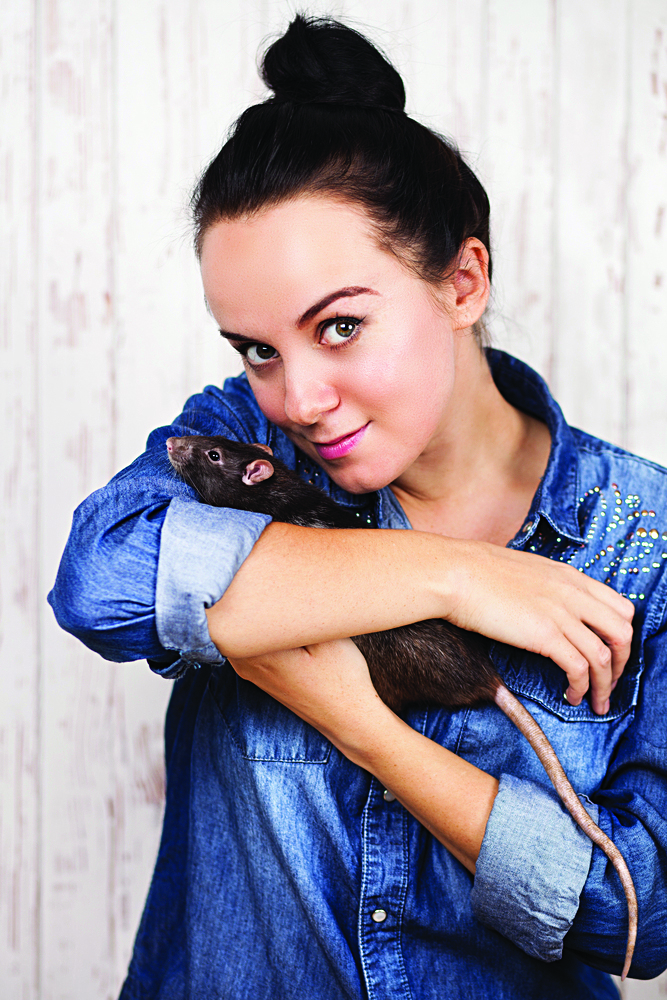When you think of Rats, things like garbage cans, stinky cheese, and sewers might come to mind. But did you ever wonder why we think of these little Rodents this way?
Despite their faces being similar to those of Hamsters, why are they not as loved?

MEDIA AND MEDICINE
Rats in the media are predominantly shown in a bad light and are often associated with sketchy characters and villains. Sometimes, they are the creatures whom female protagonists run away from in fear. As young children, these things impressed upon us that Rats are bad.
And back when plumbing wasn’t a thing yet, wild Rats became carriers for diseases, such as the Black Plague that ended up killing more than 25 million Europeans. Currently, wild Rats are also known for spreading leptospirosis, a disease that affects both humans and animals.
REMARKABLE RODENTS

Companion Rats are raised in a sanitary environment and are fed clean food. This means that they are unlikely to spread diseases.
These Rats are smart and cute creatures who can coexist with many families. They come in different colors, such as white, dark gray, black, or brown. With an adorable button nose, round beady eyes, small pink ears, a long thick tail, and a high-pitched squeak, they’re easy to fall in love with!
BIGGER, BETTER
Unlike Mice, Rats are much larger and easier to hold. This makes it easier for children to care for Rats, as long as it is done with adult supervision. They can grow to the size of a small Chihuahua and have a life expectancy of two and a half years, although some may live longer with proper care.
HOW TO CARE FOR RATS
There are a lot of ways to ensure that the Rodent members of your family receive the care they deserve!
GIVE THEM A HOME SWEET HOME
First, you’ll need to set up their home. A spacious wire cage is perfect and at minimum, it should be around 90 centimeters long, 120 centimeters high, and 60 centimeters deep. Look for a cage with a solid bottom so that their little feet don’t get caught in the wire mesh.
Make sure to avoid aquariums — those are difficult to properly ventilate. Adequate air circulation prevents problems like respiratory infections down the line.

CHOOSE THE RIGHT SUBSTRATE
Next, choose the right bedding for the cage. Although some people think substrate just makes a soft area for Rats, there’s more to it than that.
The right substrate helps a Rat create burrows and digs, which are enriching activities to keep them entertained.
Choosing the right dust-free and absorbent material also helps manage the general smell of the cage.
Be sure to avoid bedding made of sawdust, wood shavings, or anything with scent to prevent respiratory diseases. Go for materials like non-Aspen wood chips, cellulose-based chips, and other dust-free materials made specifically for small animals.
With proper maintenance or regular cleaning, choosing the right substrate can also make it easier for you to care for your Rodent family member!

PROVIDE THE APPROPRIATE FOOD
Rats are omnivores and enjoy vegetables, grains, and protein. You have the choice of regularly preparing healthy meals for them daily (which is ideal) or buying Rat pellet mixes that are commercially available.
Rats are willing to eat almost anything you give, so be sure to not overfeed them. They can become obese very quickly.

PREPARE THE NECESSARY ITEMS
Other accessories to keep in mind are food bowls, water bottles, hides, and most importantly, enrichment materials, such as toys and hammocks.
Nobody — not even a Rat — likes to stay cooped up in a space with nothing to do. Always make sure there’s some fun activities they can keep busy with at all times.
Toys don’t even have to be expensive. You can make your own with old cardboard or wood.

TIME TO ADOPT!
Be sure to adopt at least two Rats. They are social animals and, unless you spend most of your time with them, they’ll need social interaction or they’ll become depressed.
Make sure to choose two Rats of the same sex to avoid unwanted litters. Or, at the very least, have the male neutered, just in case.
BOMB-SNIFFING RATS

Did you know that Rats are extremely intelligent? They can be taught to run through mazes, solve puzzles, play basketball, roll over, or even lay down on command.
In Africa, a non-profit organization named APOPO teaches Rats to successfully sniff out landmines, just like Dogs do.
Teaching them this vital trick makes it safer for everyone looking to clear out an area. Rats are generally much lighter and smaller than Dogs, making it safer for everyone to avoid triggering landmines.
APOPO is a Dutch acronym that stands for Anti-Persoonsmijnen Ontmijnende Product Ontwikkeling. In English, it means Anti-Personnel Landmines Detection Product Development.
SHOULD YOU ADOPT A RAT?

Domestic Rats may have a bad rap, but they’re actually very smart and clean. They’re deeply misunderstood creatures who love the constant affection of their human guardians.
Rats are probably right for you if you live in a small space, appreciate interacting with an animal who doesn’t make loud noises, and want a cuddly companion who’s easy to train and would do anything for a good head scratch.
They’re also not as small as Hamsters, but they don’t kick like Rabbits do!






